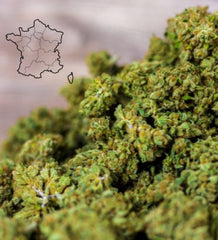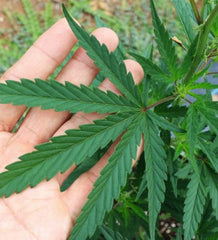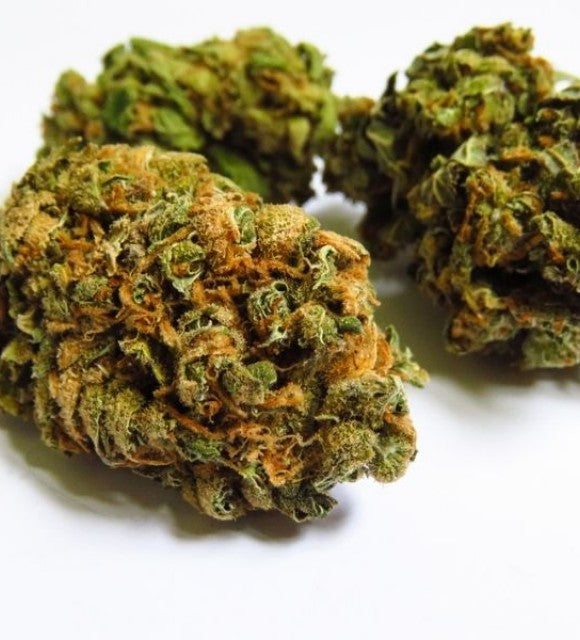
The great cannabis strains: Haze, Skunk, Kush and Diesel
The different families of cannabis
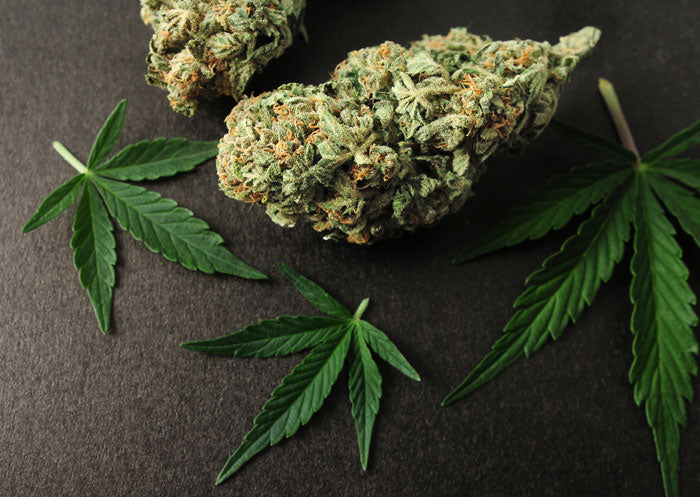
Before discussing the subdivisions that depend on them, it is important to know that cannabis families refer to two specific genetic groups. These then refer to the sativa family and the indica family . In the wild, these plants serve as the basis for numerous genetic crosses resulting in the creation of subspecies whose tasting is particularly popular.
These two major cannabis families are found in different parts of the globe. Geography shapes their specific characteristics. Sativa cannabis strains are found in equatorial regions, around Thailand, Colombia, and certain African countries. In contrast, indica strains are found in arid and mountainous regions. They are therefore naturally found in Morocco, Afghanistan, and Nepal.
The indica family is characterized by its anti-inflammatory and analgesic effects. The sativa strain, on the other hand, is better known for its very high THC and CBD levels, which maximize the benefits of hemp.
Due to their different properties, many crosses have been made between these two species . The different experiments have allowed to obtain different effects depending on the percentage of sativa or indica present in the plant. Thus, it is possible to find mixtures with 25% indica for 75% sativa, as well as others with inverse ratios. Due to these simple variations in the rate of what makes up each hybridization, the result will only be radically different.
From just two species, a wide range of subspecies – also grouped into specific categories – have emerged. These number in the dozens, and their sub-varieties are ever more numerous. Everything we call cannabis is actually the result of a family tree with abundant branches, whose two roots lie in the sativa and indica families.
What differentiates cannabis strains?
These scientific blends allow for the creation of ever more surprising cannabis strains. However, they don't all fall under haphazard categorization. Indeed, each cannabis strain has a name that refers to certain specific characteristics.
These characteristics are all elements that allow us to distinguish varieties from one another based on specific criteria. We are thinking in particular of the shape of the flowers , their texture, the size of the plants, the scents that emanate from them, the effects felt and even other characteristics sometimes specific to a particular variety.
CBD flowers can be rounded, open, and resinous. Plant size depends on the environment they are exposed to. Depending on the season, temperatures, hydration, the presence or absence of sunlight, and most importantly, whether they are grown indoors or outdoors , each cannabis strain will respond differently to its immediate environment.
Additionally, genetically crossing certain cannabis strains allows for the multiplication of aromas . Depending on the terpene involved in their hybridization, a flower from a cannabis subspecies can have a sweet, fruity, woody, minty, spicy, or even more exquisite scent . Multiplying cannabis strains provides opportunities to experiment with new, delectable and intoxicating scents.
Finally, it's important to know that each cannabis strain belonging to a labeled family produces highly variable effects from one to another. Each family, with its sub-strains, can even vary the intensity of the effects felt and cross them with each other. Cannabis hybrids lend themselves to all kinds of blends, starting with the most daring.
The great varieties of cannabis
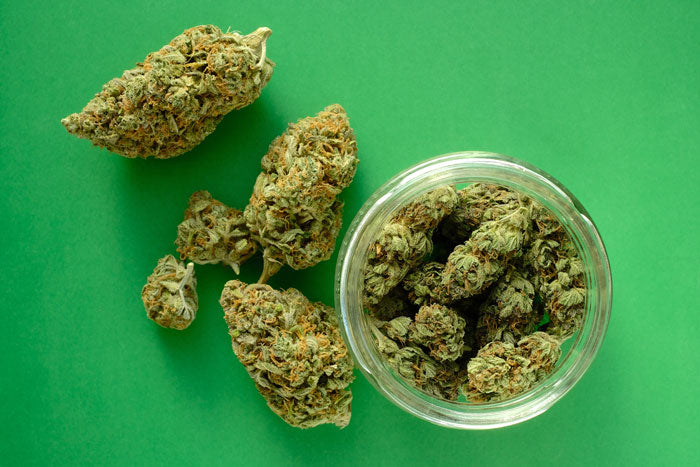
Thanks to the numerous genetic crosses carried out in recent years, there are now a large number of cannabis varieties on the market. Among the most famous, most consumed, most sought-after and most emblematic, there are 4 that stand out from the crowd. These are Haze, Skunk, Kush and Diesel . All have their own history but above all, their own characteristics.
The Haze
Grown primarily in California since the 1960s, Haze is one of the most popular cannabis strains on the market. It was discovered by chance through an accidental cross between two cannabis species. This impromptu cross resulted in a strain with a very strong sativa dominance .
Due to its genetic makeup, this cannabis strain has a very high THC level, unlike many other sativa strains. This results in very intense effects accompanied by lemony and spicy aromas. In fact, the term “haze” refers to the fact that the mind is clouded by its soaring and relaxing effects.
The Skunk
From an etymological point of view, “skunk” is an English term meaning "polecat." This name refers to the very strong smell of this cannabis variety. A smell nevertheless nuanced by its sub-varieties which have sometimes added lemony scents.
Skunk contains a large proportion of indica and is considerably rich in CBD at the expense of a very low level of THC. It is therefore particularly recommended for relaxing and enjoying soothing and anti-inflammatory medicinal effects.
The Kush
Kush takes its name from the region of Pakistan where it grows. This indica-dominant strain is renowned for its extreme resistance to harsh weather conditions. This characteristic naturally predisposes it to grow in the driest and even coldest regions of the world, provided it is well maintained.
Kush is known for its measured THC and CBD levels , allowing it to provide balanced effects and keep its user perfectly lucid. Despite the harsh climate in which it was grown, Kush seduces with its almost tropical fruity scents.
The Diesel
While not as genetically pronounced as the other three, Diesel can be considered a sub-cross of Kush. But this sub-strain is so well distinguished from the original that it ultimately constitutes a cannabis family of its own.
Diesel gets its name from its invigorating effects , which act as a fuel to energize the body. Many users use it for its anti-anxiety properties , which effectively combat stress and anxiety. Properties that Diesel owes to its indica dominance .
Of course, there are other cannabis families in the world, including those with ruderalis in their genetic base. By sharing their history and origins, we hope your experience with CBD is enriching and optimal.



